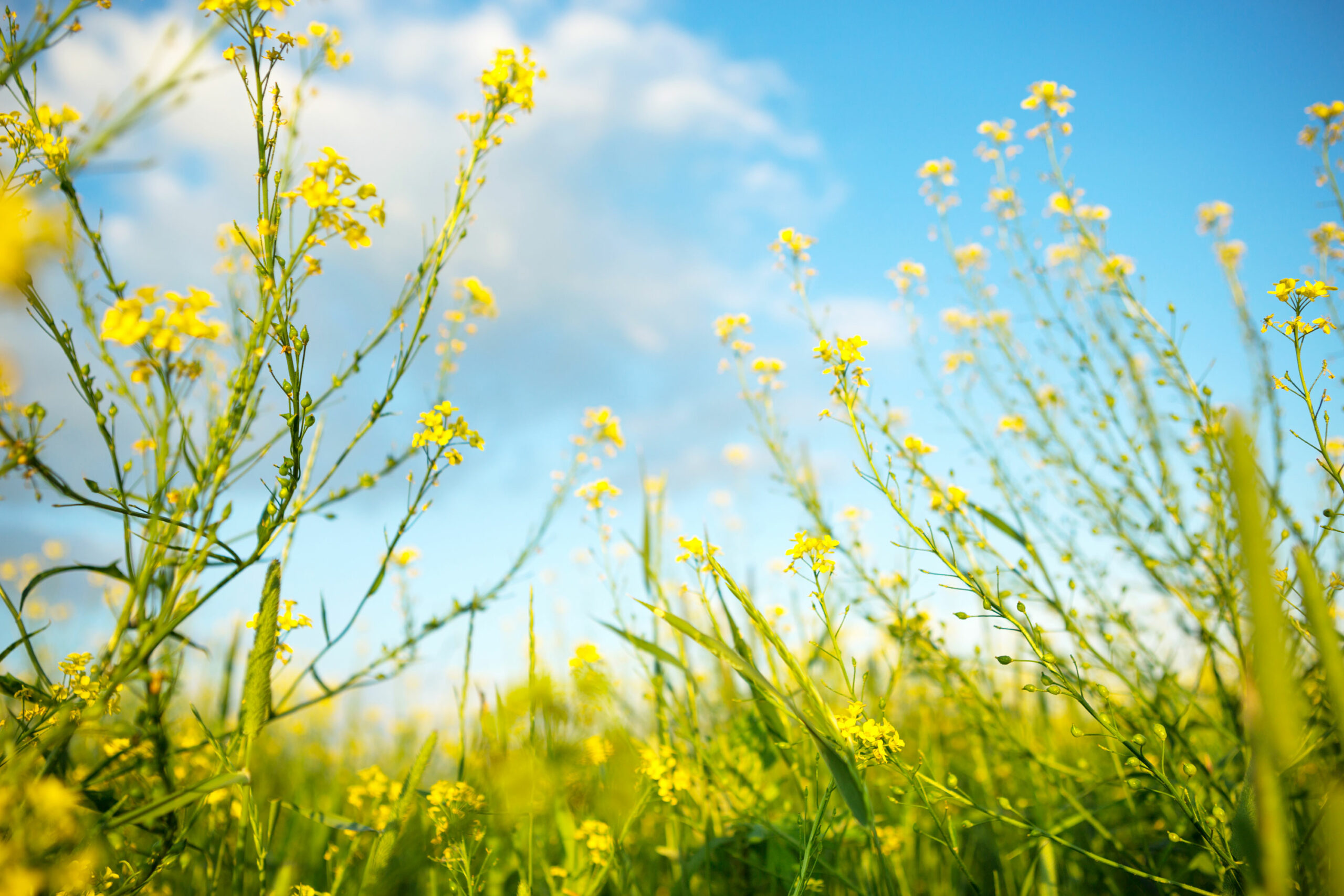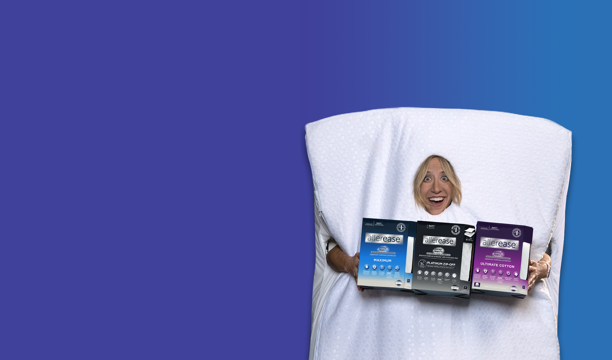
Allergy Season is Upon Us, Here’s What to Know
“Knowing your seasonal allergy triggers is essential to fighting them.”
“Knowing your seasonal allergy triggers is essential to fighting them.”
Summary:
- Trees and grasses release pollen in the spring, which can trigger allergy symptoms
- Knowing your triggers can help you minimize exposure
- Use protective clothing and bedding to prevent allergens from collecting on you and in your bed
Understanding Spring Allergies
Spring is a time for rejuvenation: it brings longer days, warmer weather, and the prospect of endless outdoor activities. But smelling the roses isn’t always ideal for allergy-sufferers, who make up an estimated 50% of people in the U.S., according to the American College of Allergy, Asthma & Immunology. So, why is spring synonymous with allergy season?
In many areas of the country, starting in February and March, different trees, weeds and other plants produce pollen which eventually makes its way into our eyes, noses, and lungs and can wreak havoc for allergy sufferers. While the biggest spring allergy culprit is pollen, mold from rotting logs and fallen leaves can also cause irritation.
Recognizing Spring Allergy Symptoms and Triggers
Some of the most common seasonal allergy symptoms include: runny nose, stuffy nose, red and watery eyes, and itchy nose, eyes, ears, and mouth – all of which can negatively impact your waking hours and inhibit quality sleep at night. In some cases, people experience exacerbated asthma symptoms, increased eye swelling, clogged ears and headaches.
Knowing your seasonal allergy triggers is essential to fighting them. Tree types like birch, cedar, elm, and maple, create the first pollen to fall each year, and will often overlap with different grass pollen emissions, including that of Bermuda, Kentucky, and Orchard. Some seasonally-related activities may also cause symptoms to flare, including campfire smoke, chlorine from swimming pools and hottubs, and bug bites.
Managing Spring Allergies
Taking precautionary measures is key to enjoying spring activities free from pesky allergy symptoms.
- Plan ahead: Check your local pollen and mold forecast before outdoor activities and adjust accordingly, whether you use an antihistamine or wear protective eyewear or clothing to keep allergens from collecting on you.
- Avoid spending long periods of time outdoors on dry, windy days. The best time for allergy sufferers to be outdoors is after a long rain when pollen has been cleared from the air.
- After spending an extended period of time outside, be sure to shower and change into clothes to prevent irritants such as pollen from getting in your eyes and nose, making symptoms worse.
- Regularly change and wash bedding in water 130°F or hotter* and use allergen-barrier bedding to help to reduce the amount of pollen, dust mites, pet dander, bed bugs, and other irritants lurking in your bed.
- Consult a doctor if your symptoms don’t improve to explore other treatment options.
Don’t let your allergies stop you from reaping all of spring’s rewards. Pinpoint your allergy triggers and take action against your symptoms with these simple steps.
References:



